Lehua Islet, Ni’ihau, Hawaii
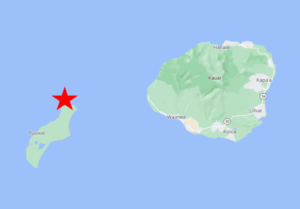
Beside the northern end of Ni’ihau, the ancient cinder cone of Lehua is an adventure destination for divers and the platform for an unmanned nautical light. Through many decades of rat infestation, Lehua remained a significant nesting site for several seabirds, including Red-tailed Tropicbird, Laysan and Black-footed Albatrosses, Bulwer’s Petrel, Wedge-tailed and Newell’s Shearwaters, Brown and Red-footed Boobies, and “Hawaiian Noddy”, and the most accessible location in the U.S. where Blue Noddy was a reasonable possibility. With the removal of the rats, seabird populations are expected to grow and diversify. The route to Lehua is through Kaulakahi Channel, which has produced sightings of rarities such as Tristram’s Storm-Petrel, and Black-winged, Cook’s, and Mottled Petrels.
Orientation
Directions
Lehua Islet is less than one mile north of Ni’ihau, about seventeen miles west of Kauai.
The only regular boat tours to Lehua are those operated by Holo Holo Charters (1-808-335-0815) in Port Allen (a.k.a. Hanapepe).
Birdfinding
Lehua Islet is known mainly as a snorkeling site, but its popularity for birdwatching seems likely to increase. It supports some the most significant seabird nesting populations in the main Hawaiian Islands, which will certainly grow if the rat eradication program initiated in 2017 succeeds.
Shore landings are generally not allowed at Lehua—everything above the high tide line is formally off-limits to the general public.
As of 2017, seabird nesting populations were estimated as follows:
Red-tailed Tropicbird: 150 pairs
Laysan Albatross: 90 pairs
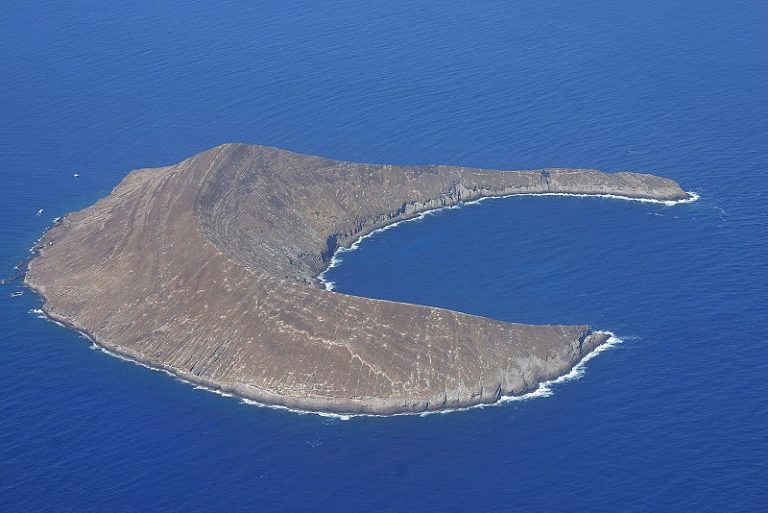
Lehua Islet, aerial view from the east. © Christopher P. Becker
Black-footed Albatross: 40 pairs
“Hawaiian Storm-Petrel”: unconfirmed, but likely
Bulwer’s Petrel: 50 pairs
Wedge-tailed Shearwater: 23,000 pairs (largest colony in the main Hawaiian Islands)
Christmas Shearwater: unconfirmed, but likely
Newell’s Shearwater: confirmed breeding, but no estimate
Brown Booby: 500 pairs (largest colony in Hawaii)
Red-footed Booby: 1,400 pairs
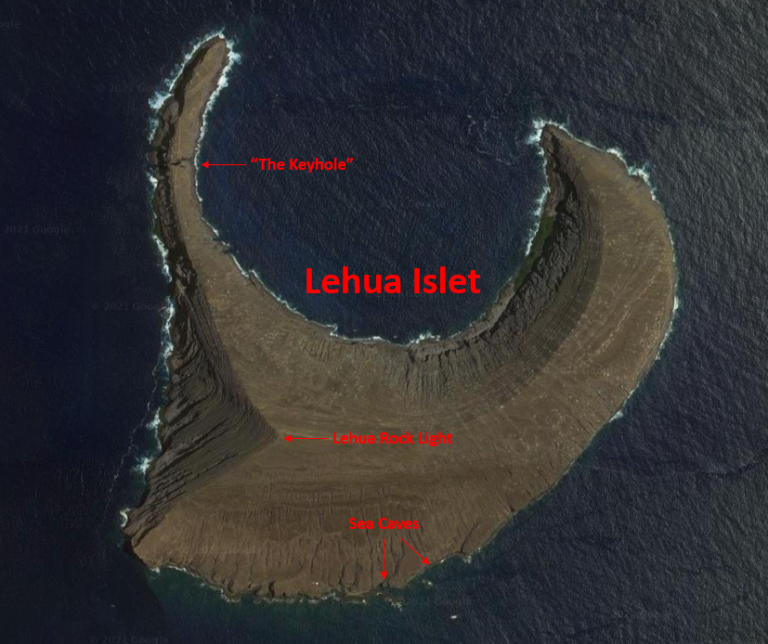
Lehua Islet has two sea caves along its southern shore and a natural arch called The Keyhole” on its western peninsula.
“Hawaiian Noddy”: 200 pairs (in the sea caves on the southern shore)
In addition, several seabird species are known to have attended the Lehua colonies or nested there in the past, and could potentially nest there in the future—especially if the rats are truly eradicated—but were not known or strongly suspected to breed regularly in the 2000s:
Yellow-billed Tropicbird: present sporadically
Hawaiian Petrel: present in numbers
Great Frigatebird: present in numbers, likely breeds occasionally
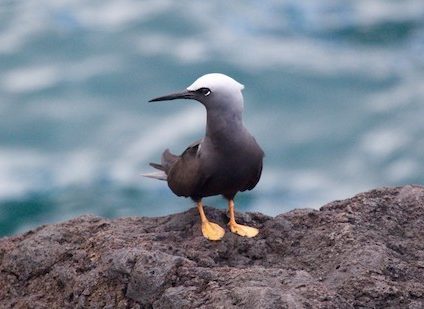
“Hawaiian Noddy” nests in sea caves along the south side of Lehua. © Michael Hooper
Masked Booby: formerly bred
Brown Noddy: formerly bred
“Pacific Black Noddy”: confirmed breeding at least once, but status uncertain
Blue Noddy: present sporadically
Sooty Tern: present in numbers
Gray-backed Tern: present sporadically

“Pacific Black Noddy” has been found nesting on Lehua. © Frank Coman
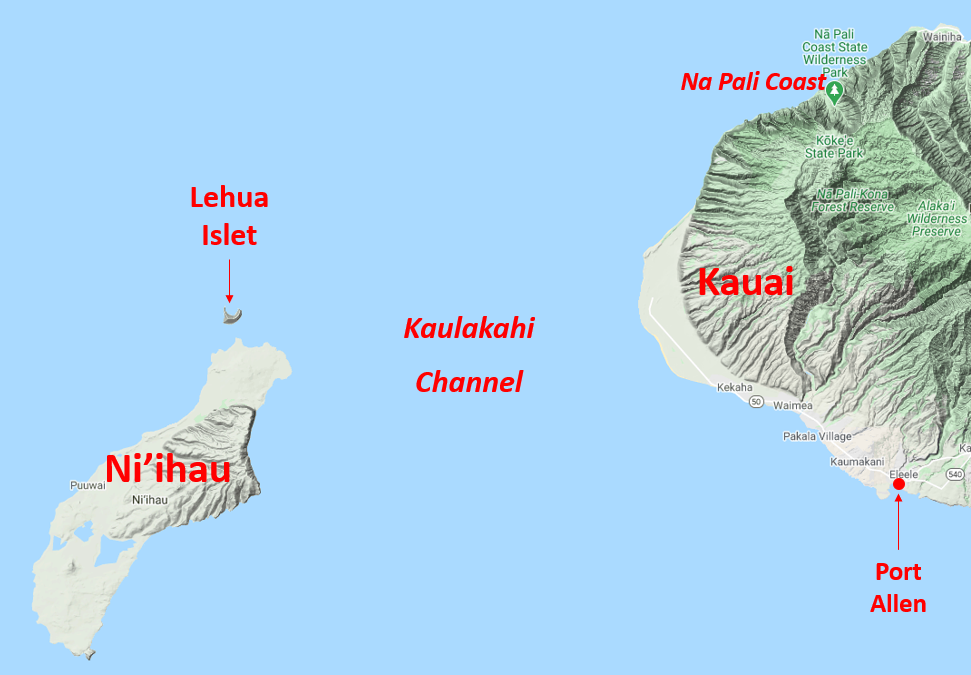
The trip between Kauai and Lehua crosses Kaulakahi Channel, which is often productive for seabirds, including several additional species that are not suspected of breeding on Lehua:
Tristram’s Storm-Petrel: a few sightings in April
Black-winged Petrel: a few sightings in October
Cook’s Petrel: a few sightings, October-November
Mottled Petrel: a few sightings, March-April
Buller’s Shearwater: regular in small numbers, mostly April-May
Sooty Shearwater: regular in significant numbers, March-June and September-October
Common Fairy-Tern: a few sightings
Services
Accommodations
The only large hotel near Hanapepe is the West Inn Kauai at 9690 Kaumualii Highway in Waimea, 1-808-338-1107. The nearest cluster of hotels is around Poipu.